Two days before American B-2 stealth bombers dropped the biggest payload of explosives since World War II on Iran, trucks were seen lining up outside the primary target at Fordow.
Satellite images showed scores of cargo vehicles outside a tunnel entrance to Iran's key nuclear base inside a mountain.
Donald Trump has insisted that the Islamic Republic's nuclear program was destroyed in the precision strikes, an assessment backed by the CIA and Israeli intelligence.
But there was also a frantic effort to move centrifuges and highly enriched uranium before US bombers attacked, the key question for the Pentagon now is: where did it go?
One possibility, according to experts, is a secret facility buried even deeper under another mountain 90 miles south of Fordow: 'Mount Doom.'
In Farsi, the potential new ground zero for Iran's nuclear program is Kuh-e Kolang Gaz La, otherwise known in English as 'Pickaxe Mountain,' located in the Zagros Mountains in central Iran on the outskirts of one of the regime's other nuclear sites at Natanz.
'It is plausible that Iran moved centrifuges and highly enriched uranium (HEU) to secret or hardened locations prior to the recent strikes - including possibly to facilities near Pickaxe Mountain,' Christoph Bluth, professor of international relations and security at the University of Bradford, told the Daily Mail.
Previous intelligence had showed 'large tunnels being bored into the mountain, with possible infrastructure for an advanced enrichment facility,' he claimed.
'The site may be buried 100 meters below the surface. So it is conceivable that advanced centrifuge cascades have been hidden there, but there is no specific evidence at this time to confirm where centrifuges and fissile material has been moved to.'
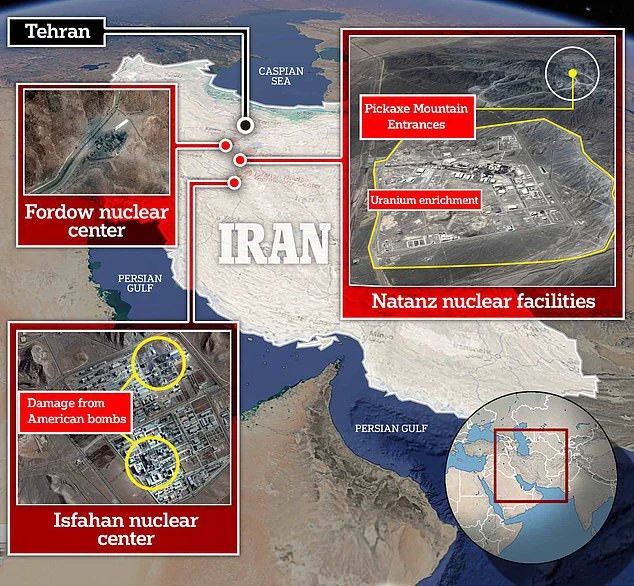

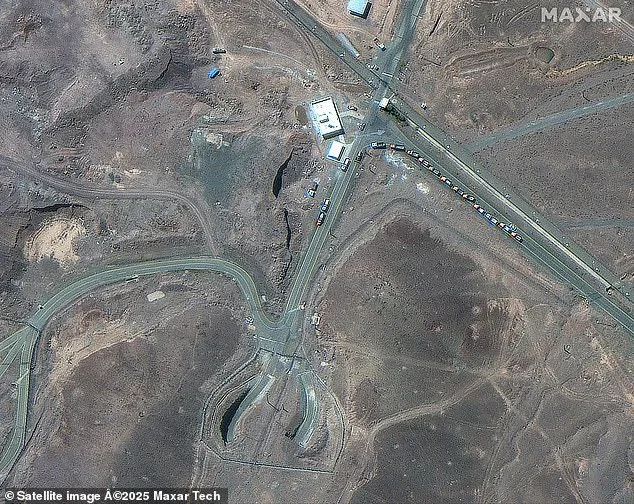
Previous satellite images have shown heavy construction at Pickaxe, and Iran reportedly dismissed the International Atomic Energy Agency (IAEA) when asked what was occurring in the bowels of the mountain.
Experts have suggested that, if there was a centrifuge hall being built there, it could be bigger than Fordow. The site has four tunnel entrances, each is 20 feet wide by 26 feet high, and experts who have analyzed satellite data suggest its tunnels could go well beyond 382 feet deep, further underground than Fordow.
'It would be much harder to destroy using conventional weapons, such as like a typical bunker buster bomb,' said Steven De La Fuente, a research associate at the Institute for Science and International Security in Washington.
According to Rafael Mariano Grossi, director general of the IAEA, the Iranian regime may have moved about 880lbs of uranium that was being stored in casks the size of scuba tanks and was transportable by vehicles.
If material from Fordow was hauled to Pickaxe Mountain, it would have likely been driven for two hours along Iran's Route 7 freeway.
The emergence of Pickaxe Mountain comes amid a furious row within the Trump administration over the impact of Saturday's strikes on Fordow and two other Iranian nuclear sites, Natanz and Isfahan.
A preliminary US intelligence assessment determined with 'low confidence' that Iran's nuclear program was only set back by a matter of months.
The initial report was prepared by the Defense Intelligence Agency, the Pentagon's main intelligence arm, which is one of 18 US intelligence agencies.
However, the classified assessment is at odds with that of President Trump and high-ranking US officials who said the three sites had been 'obliterated.'
Weapons expert David Albright, founder and president of the Institute for Science and International Security, concluded the centrifuge halls at Fordow were destroyed by the numerous 30,000lb bombs the US dropped.
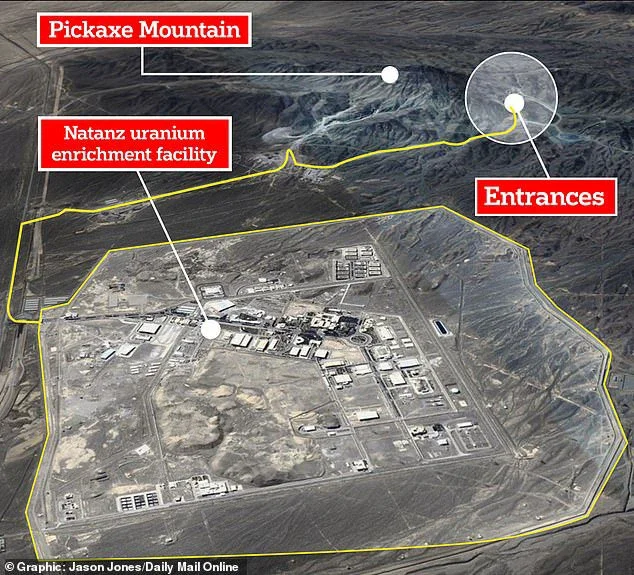
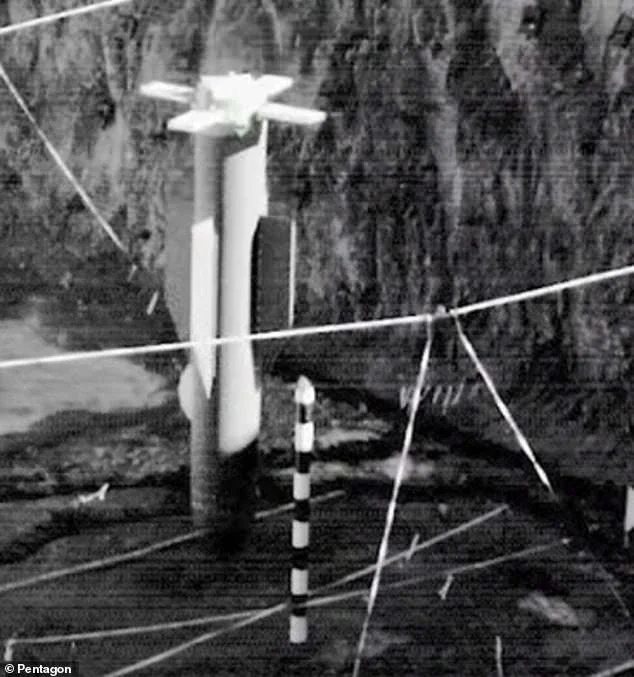
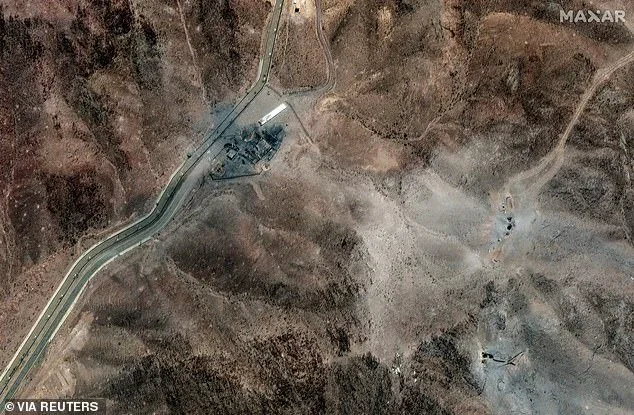
After viewing satellite images, he said the GBU-57 Massive Ordnance Penetrators (MOP) were dropped at one end of the centrifuge hall, and on a ventilator shaft.
'Basically, what you have is a very big explosion that will blow one way and then perpendicular,' he concluded. 'It would have destroyed the inside of that centrifuge plant.
'We believe that the MOP went into the hall. We think those centrifuges have been mostly destroyed. I think these reports that somehow there weren't centrifuges taken out are just incorrect.'
Albright added: 'It is pretty devastating. A lot of their above-ground facilities that are a critical part of the centrifuge program have been destroyed. A lot of what really is left is sort of what I call the residuals or the remnants of the program.'
Iran likely lost nearly 20,000 centrifuges at Natanz and Fordow, he estimated, creating a 'major bottleneck' for any attempt to restart its nuclear program.
Andrea Stricker, deputy director of the nonproliferation and biodefense program at the Foundation for Defense of Democracies in Washington, concluded that, for Iran, 'weaponization may be impossible for the foreseeable future.'
But, she added: 'Washington and Jerusalem must act swiftly to eliminate any of Tehran's remaining HEU stocks, advanced centrifuges, and weaponization capabilities.
'Iran may have relocated its highly enriched uranium - key stocks for fueling a nuclear weapon - to secret sites prior to US or Israeli airstrikes targeting its nuclear facilities. While recovering this HEU is imperative, Iran likely lacks the option to build nuclear weapons in the short term.'

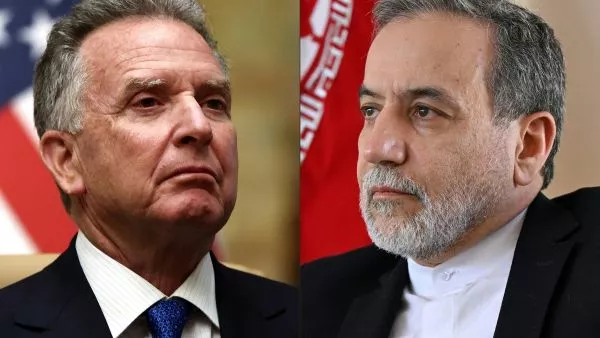
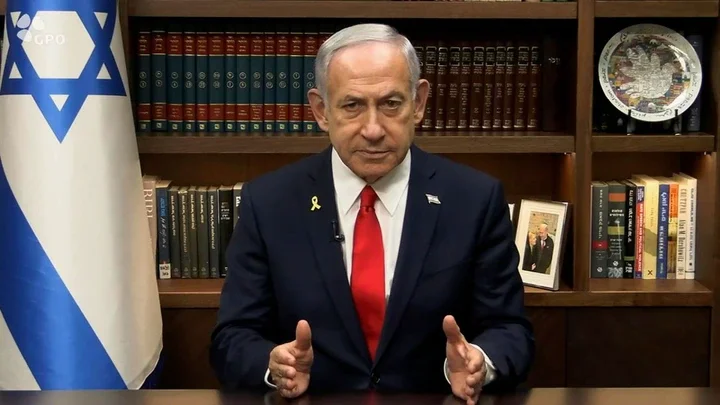
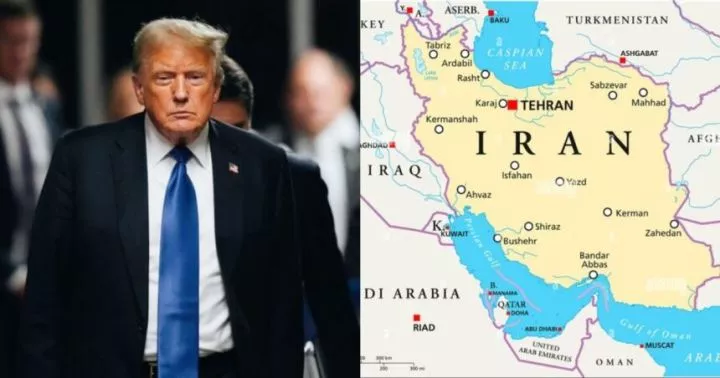
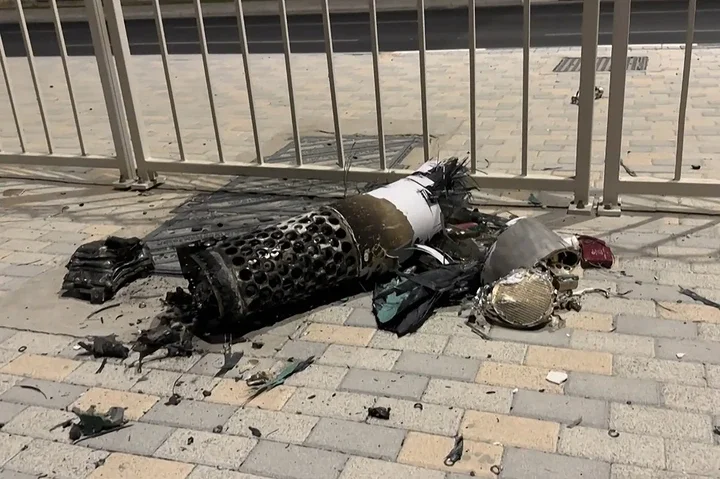












Comments